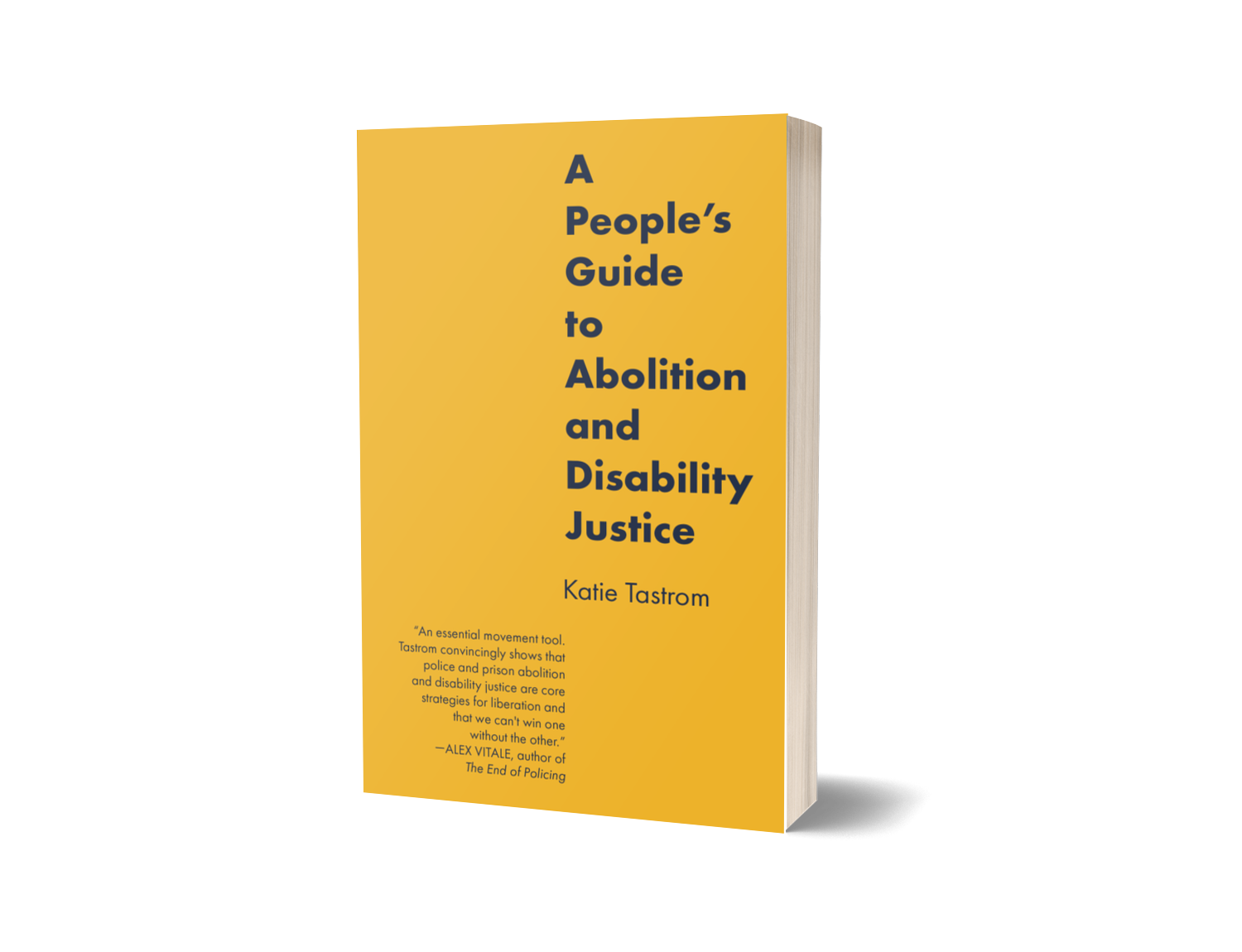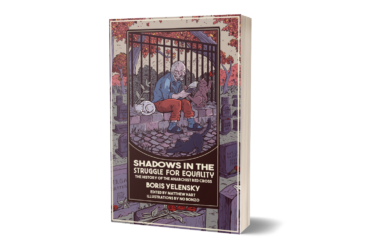By Katie Tastrom
Prisons didn’t become the primary mode of punishment in the US until the nineteenth century. Not coincidentally, they grew in popularity after the Thirteenth Amendment was ratified in 1865, which outlawed slavery except as punishment for a crime. This huge loophole allowed enslavers and other rich white people to continue to extract unpaid labor from supposedly “free” African-descended people through the convict lease system.
Even though slavery was technically over, the convict lease system allowed county jails and state prisons to “rent”
out imprisoned people to private businesses for labor, which incentivized locking up as many people as possible. V. Camille Westmont wrote about how convict leasing was designed specifically as a workaround for the prohibition of slavery:
The convict lease system was not just an economic lifeline for cash-strapped Southern states at the end of the war; it was a political tool that enabled wealthy and elite white Southerners to maintain the racial and economic systems Emancipation was intended to dismantle.26
Newly “free” slaves would be convicted of (often fictional or minor) crimes and then sentenced to work without compensation, sometimes at the same plantations where they had been enslaved.
This exception to the prohibition of slavery becomes especially broad when you realize that often the same people
who owned slaves were the ones who made the laws determining what was or was not a crime. Writing for Literary Hub, Jefferson Cowie described how little things changed and how closely aligned the increase in Black imprisonment was to the supposed abolishment of slavery:
Back when African American “crime” had been the responsibility of masters and plantation managers, Black people represented zero percent of the prison population. As Reconstruction collapsed, however, the Black conviction rate rapidly rose. African Americans made up 8 percent of the total convict population in 1871, leaping to 88 percent in 1874, and then 91 percent in 1877. And the mines boomed.27
The Thirteenth Amendment’s loophole was big enough to build the world’s largest prison system in. We are where we are at today because of where we came from. One of the reasons reforms don’t work is because there is no (or little) change in the actual power of marginalized people. This allows the government to continue playing rigged three-card monte with the freedom of Black people, and incarceration is their deck.
It’s not a coincidence that it is the descendants of enslaved and colonized people who are most disproportionately imprisoned. That’s why in The Nation on No Map: Black Anarchism and Abolition, William C. Anderson argues that emancipation of slavery is a myth for a lot of Black people:
Emancipation was a nonevent because enslavement continued despite an announcement it was ending. It was transformed into sharecropping and convict leasing and eventually found new life in the prison system.28
While white people are obviously imprisoned too, incarceration has always been a tool of white supremacy. The growth and reliance on prisons was a way to placate white liberals and still get the economic benefits of slavery. The seeds of the current carceral state were planted centuries ago, and their growth runs deep. Like invasive weeds, the only way to keep them from killing everything is to rip them up by the roots.






